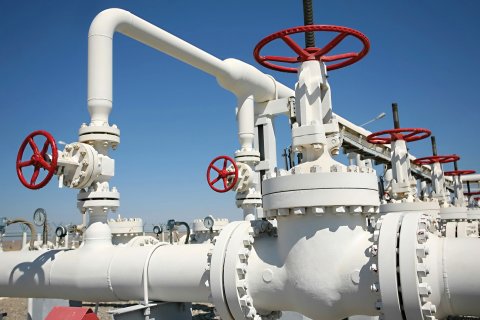According to a press release, the Ministry of Transport approved the final report of the international public tender, launched in December 2019, for the concession of the Multipurpose Terminal of the Port of Luanda, submitted by the respective Evaluation Commission, which classified the proposal submitted by the competitor DP World Ltd as the one that "globally satisfies the public interest the most".
In the proposal submitted by DP World Ltd, the multinational presents as an advantage over the other competitors, payments that over the concession period will represent a value of more than 1000 million dollars, of which 150 million dollars will be paid on the date of signing the contract.
In addition, another feature of the proposal is a "current value (VA) of payments to the grantor in excess of four hundred million dollars (USD 440,000,000.00) with reference to year 2020".
Another advantage is the execution of an investment plan worth more than 190 million dollars to be made over the 20 years of the concession, of which more than 70 percent will be made with recourse to national incorporation.
The document states that the investment plan includes the rehabilitation of the physical infrastructure of the TMU wharf, the civil works necessary to implement a new TMU plant plan, and the maintenance of jobs for the personnel assigned to the terminal is also an advantage.
In the final report, the evaluation committee also includes among the advantages the proposed rehabilitation and acquisition of equipment, which will allow the transition from TMU operation to an RTG crane based operation, in line with international best practices, as well as the creation of an external logistics platform, to achieve a target traffic volume of 700,000 TEUS/year, supported by a modern port management system.
The TMU of the Port of Luanda is a port infrastructure dedicated to the simultaneous operation of general cargo and containers, with a 610-meter quay, with a depth of 12.5 meters, having an area of 181,070 square meters with a handling capacity of 2.6 million tons per year.







